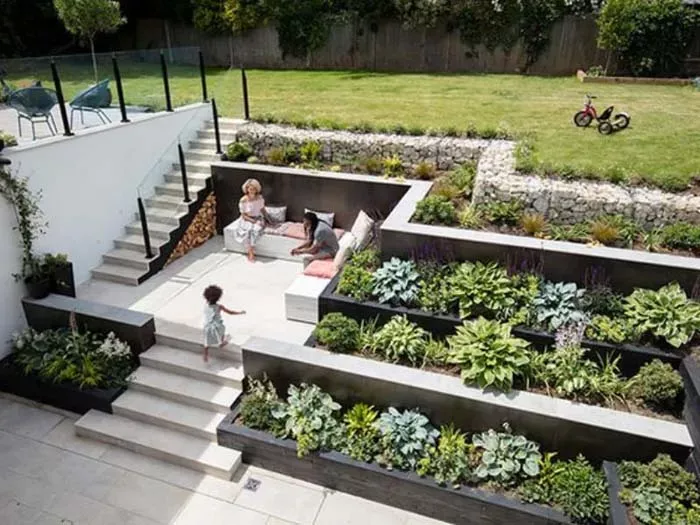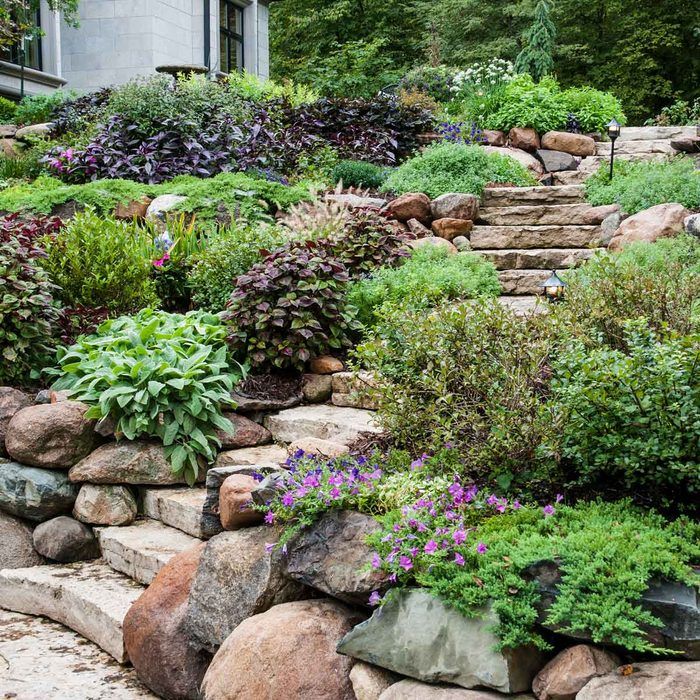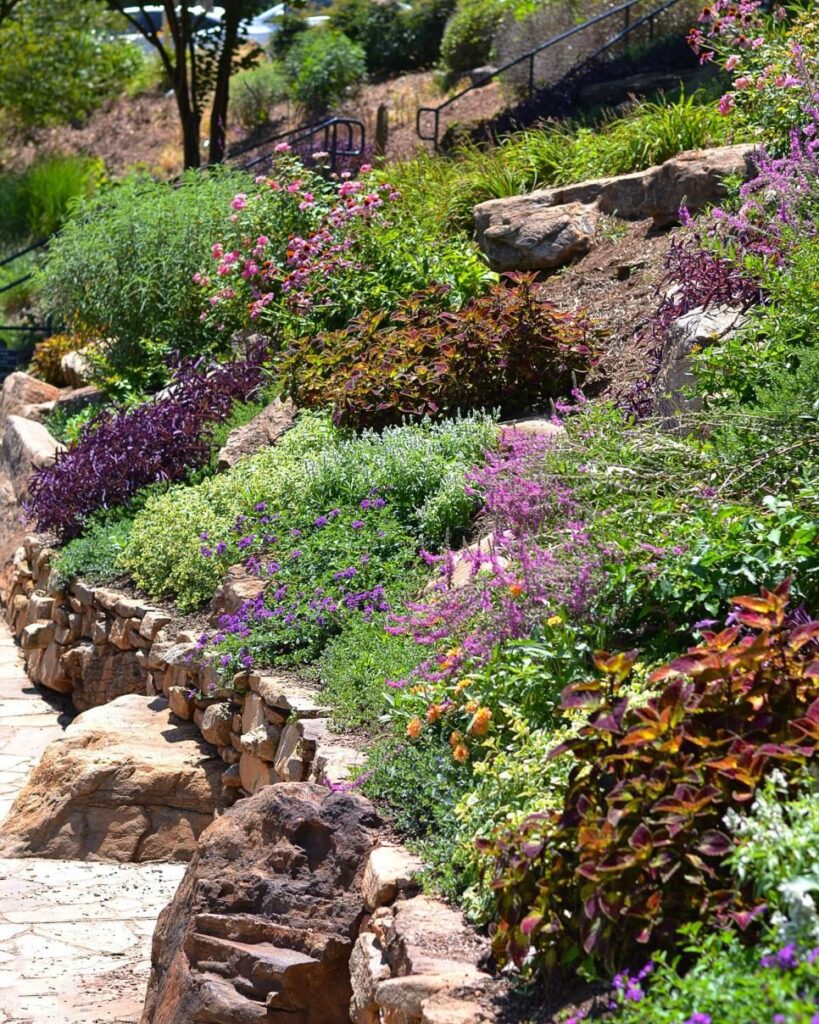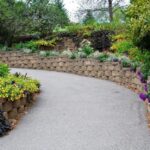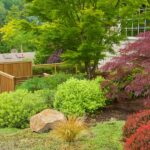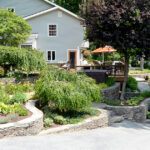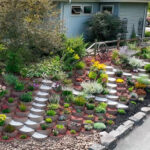Landscaping on a slope can present a unique set of challenges and opportunities. One of the main concerns when landscaping on a slope is erosion control. The natural flow of water can cause soil erosion, which can damage plants and create unsightly bare spots on the slope. To combat this issue, it is important to use techniques such as retaining walls, terraces, and mulching to stabilize the soil and prevent erosion.
Another important consideration when landscaping on a slope is plant selection. Not all plants are suitable for growing on a slope, as they may not be able to thrive in the conditions present. Plants that have deep root systems, such as shrubs and groundcovers, are often better suited for slopes as they can help anchor the soil and prevent erosion. Additionally, using a mix of different plants with varying heights and textures can create a visually interesting and dynamic landscape.
Incorporating hardscaping elements into the design can also help enhance the overall look of a sloped landscape. Walkways, retaining walls, and steps can help create a sense of structure and organization, while also providing functional benefits such as improved accessibility and safety. Using materials such as stone, brick, or wood can add a natural element that complements the surrounding landscape.
Proper drainage is crucial when landscaping on a slope to prevent water from pooling and causing damage to plants and structures. Installing drainage systems such as French drains or swales can help redirect water away from the slope and prevent erosion. It is also important to properly grade the slope to ensure that water flows away from buildings and other structures.
Maintaining a sloped landscape can require more frequent maintenance compared to a flat landscape. Weeding, mulching, and pruning may need to be done more often to keep the slope looking tidy and healthy. Regularly checking for erosion and addressing any issues promptly can help prevent more serious problems down the line. Overall, landscaping on a slope requires careful planning and attention to detail, but with the right techniques and strategies, it can result in a beautiful and functional outdoor space.
